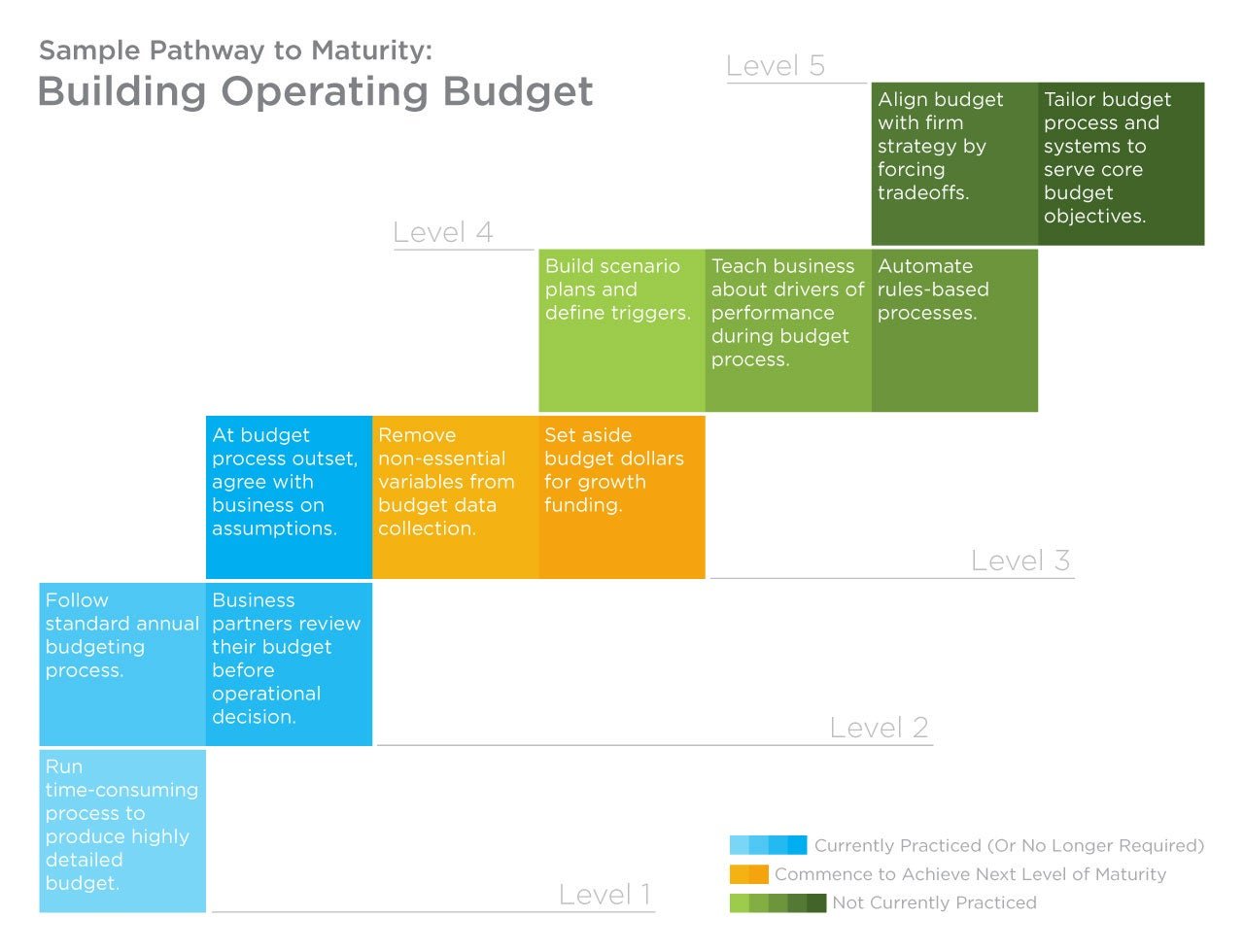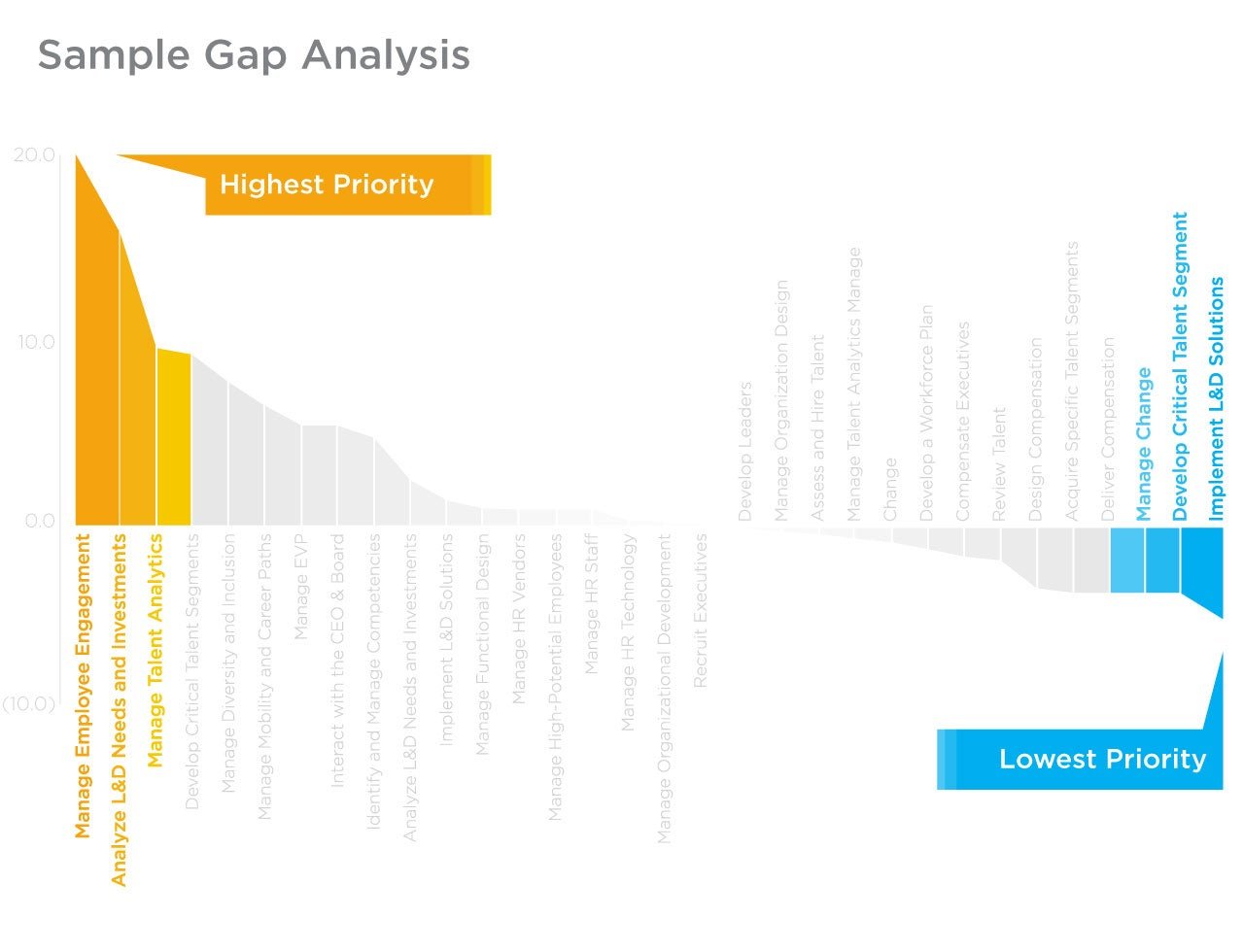This diagnostic tool measures your business’s critical priorities
Today’s economic environment has changed in two major ways: change is constant and data is everywhere. As a result, making decisions around when, where, and how to adjust strategic priorities is more challenging than ever.


Today’s economic environment has changed in two major ways: change is constant and data is everywhere. As a result, making decisions around when, where, and how to adjust strategic priorities is more challenging than ever.
It’s hard to keep up—even the best-designed strategic plans don’t stay relevant for long. And although restructuring the function is a popular approach, it isn’t making much of a difference. A few examples from the C-suite highlight the trend: 81% of Finance and HR functions are undergoing or have recently undergone a redesign, but only 60% of those organizations achieve their anticipated performance results within a year of implementation.
Maturity models—diagnostics that gauge a client’s maturity in a number of departmental areas—offer a successful solution here, because they can help organizations assess performance and improve effectiveness. But CEB’s diagnostic goes one step further: drawing on data about its members’ best practices, CEB built a diagnostic that is able to measure an organization’s level of development by function, as well as the importance of that function to its business.

CEB’s Activity Priority Index (API) measures the maturity and importance of each critical management activity for each function. These scores are then combined into a single API score, providing a measurement for assessing the gap between maturity and importance, and identifying the highest priority areas for improvement. Thanks to this focus on the priority of the function, CEB’s model provides a clear path to that function’s maturity, as well as tools and resources to help organizations arrive at those goals.
This is how the diagnostic works, in three steps:
- Assesses your function’s maturity: CEB’s maturity diagnostics measure the performance of the function across a broad set of management practices using peer-based standards.
- Prioritizes your improvement efforts: The API’s single measure identifies the critical gaps in maturity and determines the improvements an organization should be prioritizing.
- Establishes an action plan: A pathway to maturity shows participants where they currently stand, and the steps they need to take to realize both short-term and long-term success.

Traditional maturity assessments tend towards a “one size fits all” approach, focusing on the short-term, and lack concrete, forward guidance. CEB’s diagnostic measures maturity over 244 key management activities across 8 different functional areas, clarifying critical maturity gaps and identifying a long-term path for improvement.
To get a more in-depth perspective about how CEB’s diagnostics distinguish themselves from other vendor’s tools, download our white-paper below.
This article was written by CEB and not by the Quartz editorial staff.